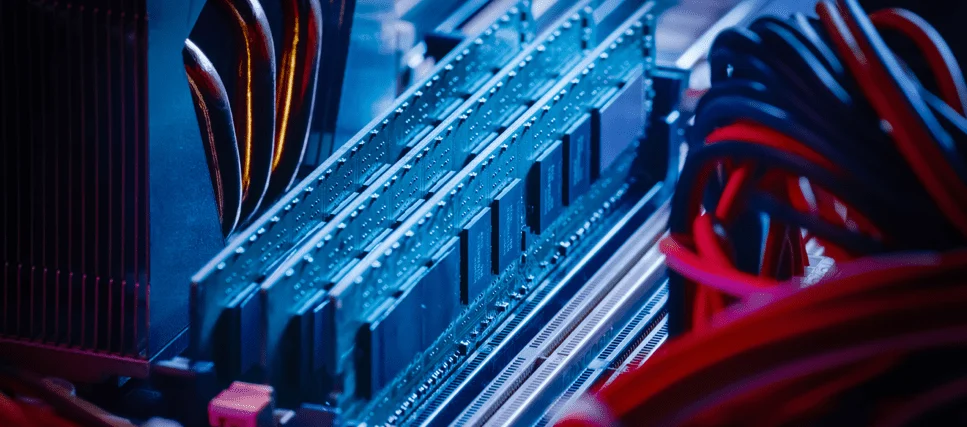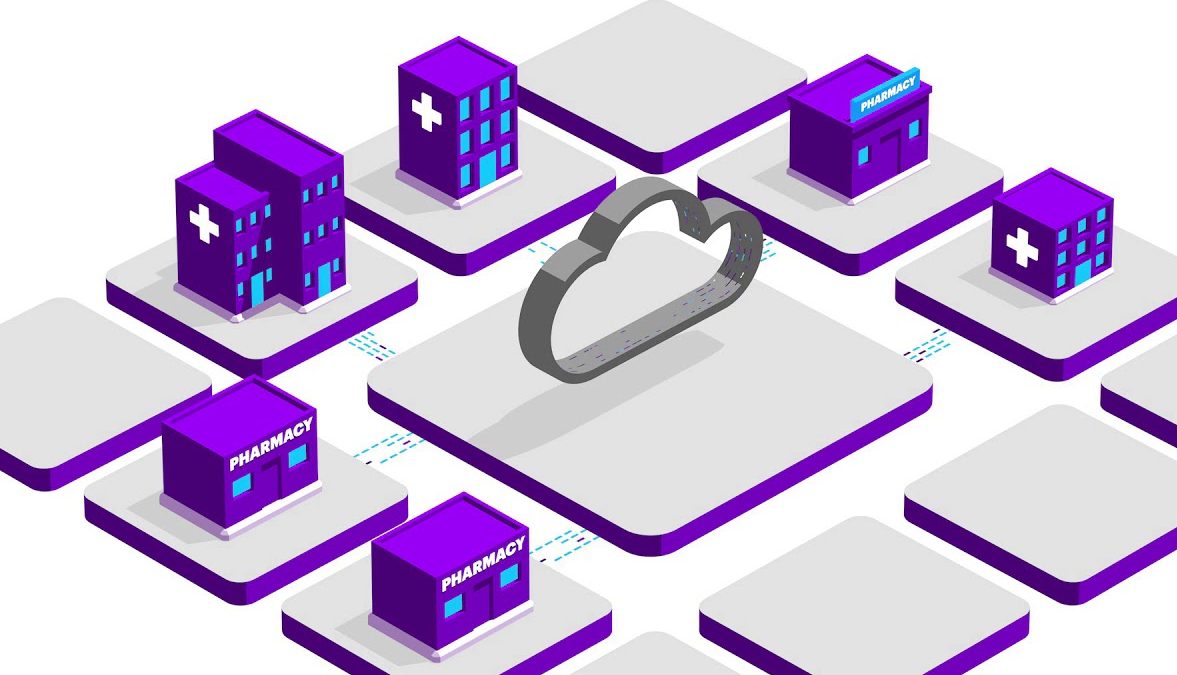Surely you have heard of computer memory and how good it is to have as much RAM as possible. Keeping in proportion, the analogy between computers and the human brain implies a fairly high degree of precision. The biological brain needs and works based on the existence of the concept of memory, which can be, as specialists in neurology have determined after years of studies, in the short and long term.
Although computers do not yet have the complexity and processing power of a human brain, despite the efforts of scientists who have developed experimental models in this direction, some similarity still exists. The brain of a computer, that is, the central processing unit or, in short, the processor, needs a certain amount of memory to retain large volumes of data to be processed.
For a more plastic representation, one could think of the memory of a computer or server as a buffer or storage of data in transit to the processor or of the results emitted by it waiting to be displayed on a certain peripheral in a form understood by the human mind. It is about RAM memory, about which you will learn some notions and details in this article.
1. Why do you need to know what RAM is and what it actually does? Definition and roles
As you may have noticed, a certain analogy can be made between the memory of the human brain and that of a computer. But, it must be remembered that this somewhat forced resemblance can mislead many users. There is usually confusion between the data storage capacity of a computer, an operation carried out by a peripheral component, such as an internal or external hard drive or SSD (Solid State Disk), and the RAM memory capacity of the terminal itself.
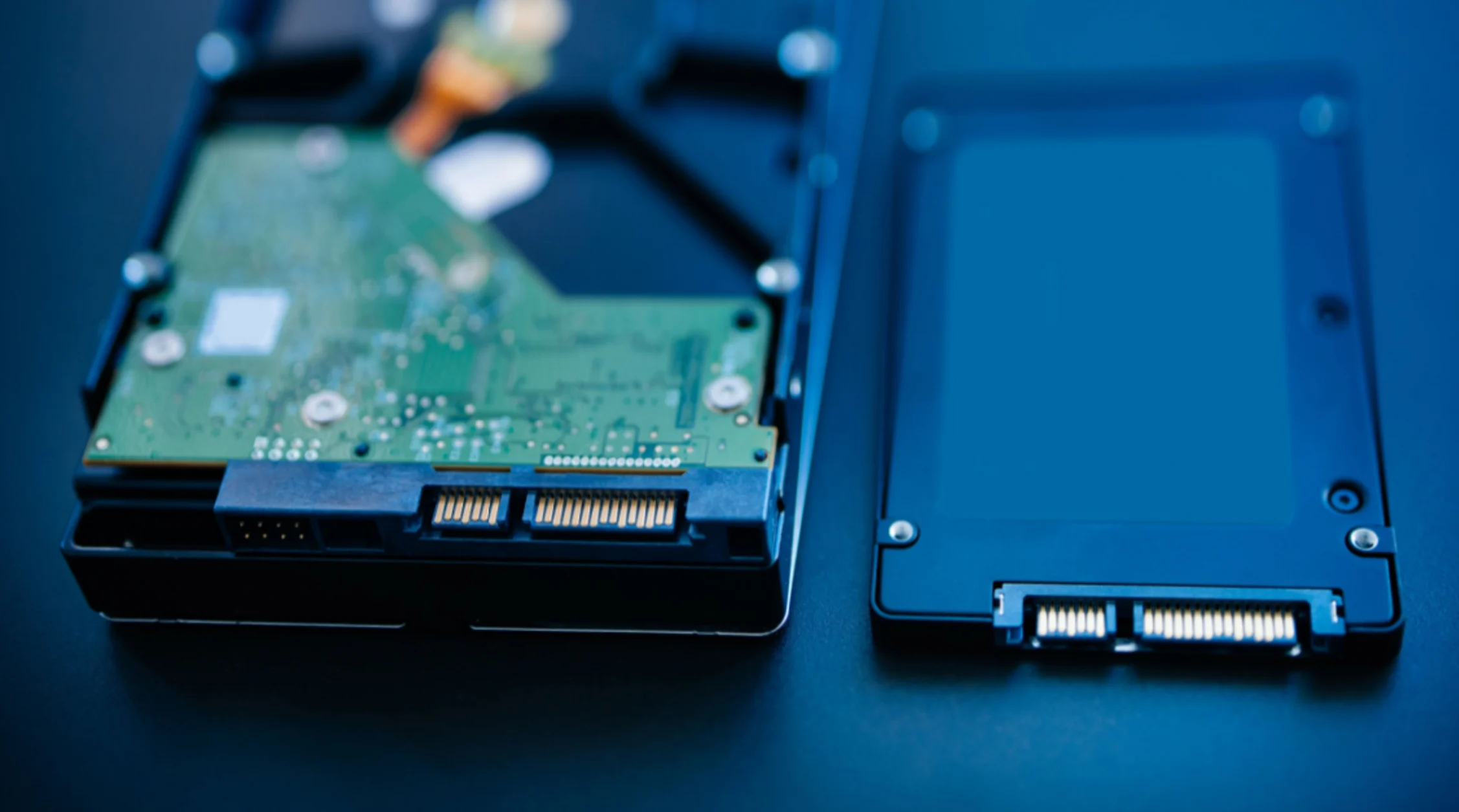
Of course, the human brain can also store long-term data and images in the form of memories triggered and accessed by some stimuli involuntarily or voluntarily, as the case may be. This is the so-called long-term memory and, if compared to the world of cybernetics, it could be, in part, associated with the functions of a hard drive or SSD.
However, the brain also has another type of short-term memory, or “working memory,” whose function is to store small chunks of information for a very short period of time. This property gives you the ability to retain certain things only through a conscious and voluntary effort that each person makes.
The information retained in short-term memory has a very short duration (according to studies, only 4 seconds), and without repetition and reactivation processes, which can print the data in long-term memory, these information sequences are diluted and disappear .
Well, these biological neural processes illustrate as closely as possible how a computer’s RAM works.
RAM is an acronym for the expression Random Access Memory and denotes a form of memory typical of computers of all kinds, with an important role even in the server area, which has the function of storing data to be processed and many pieces of code to be processed or have already been solved by the mainframe. Writing and reading data to RAM is done almost instantaneously and there are no time differences between the two operations.
2. The role of RAM compared to other types of memory
RAM is not the only type of memory in a computer. At the same level of functionality is the computer’s ROM, which is an acronym for Read Only Memory. The two concepts should not be confused, although they are part of an identical general category.
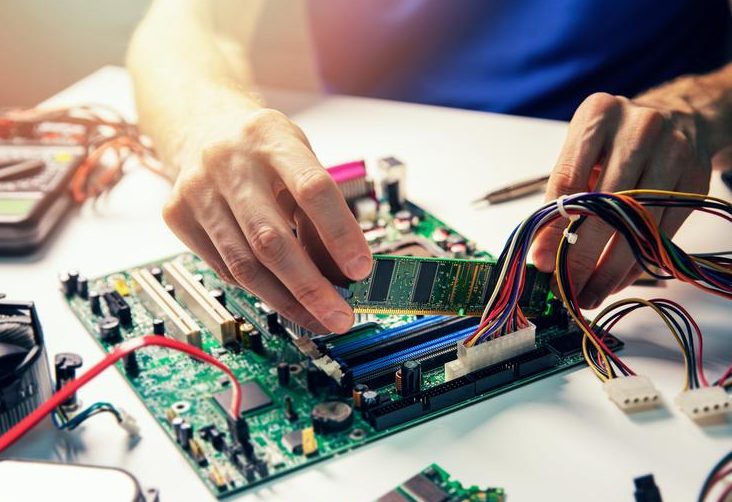
Thus, RAM memory is a type of memory with a high degree of volatility, in the sense that the data that is entered, stored and released does not persist for long periods of time in this environment. In fact, when the computer’s power supply is turned off or interrupted, this information disappears from its content without even remaining in a residual level somewhere. Consequently, they cannot be recovered later, as can be the case with storage media, for example.
The method of keeping information in RAM memory is electronic, with the help of transistors, which, once you run out of power, lose data. As long as the computer is running, they can be accessed at a much higher speed than if they were accessed directly from a storage medium or from the Internet.
Another volatility property of RAM is that it can be replaced as needed or additional amounts added without any other changes to the software or structure of the other components, as long as compatibility is ensured.
On the other hand, computer ROM does not have volatile properties, so information, once stored, is not erased when power is removed.
Unlike the transistors on which RAM is based, ROM does not rely on electricity to write and read data. They are stored in individual cell units in the binary code system, i.e. in the universal language of computing machines, respectively in appropriate sequences of the digits 0 and 1.
ROM type memories are used in the soft components of computers or servers that do not change very frequently, such as the boot codes or instructions or those existing in the firmware of various drivers or, much more important, in the BIOS. The BIOS is the basic matrix program that governs the operation of the components of a cybernetic terminal.
Another difference compared to RAM is that users cannot change or flash the ROM.
3. What is not RAM and avoid confusion with data storage media
Although, as a work process, RAM acts as a storage device, you should not fall into the trap of considering the two components as similar. Many inexperienced users often confuse memory and hard drive when they complain that they don’t have enough space for their data.
In the case of RAM, in actual work with a computer, such as in the case of opening word processors, Internet pages, programs, applications, games, or in the case of servers when repeatedly accessing stored data (as is, for example, the case with web hosting, where tens of thousands of visitors enter, view, or log into a website daily) these are held on memory transistors so that when they are requested again, they can be serviced faster.
In the case of data storage, the most modern hard drives or SSDs have a different role, although similar to that of RAM, hence the confusion. Thus, data, information, files, images, programs (including the operating program – Windows, Linux, MacOs, etc.), games, are physically written and recorded on magnetic disks (in the case of HDDs) or on flash memory (in the case of HDDs). case of SSDs) to remain in them indefinitely or until they are deleted by users. This data is not deleted even if the computer is completely without power.
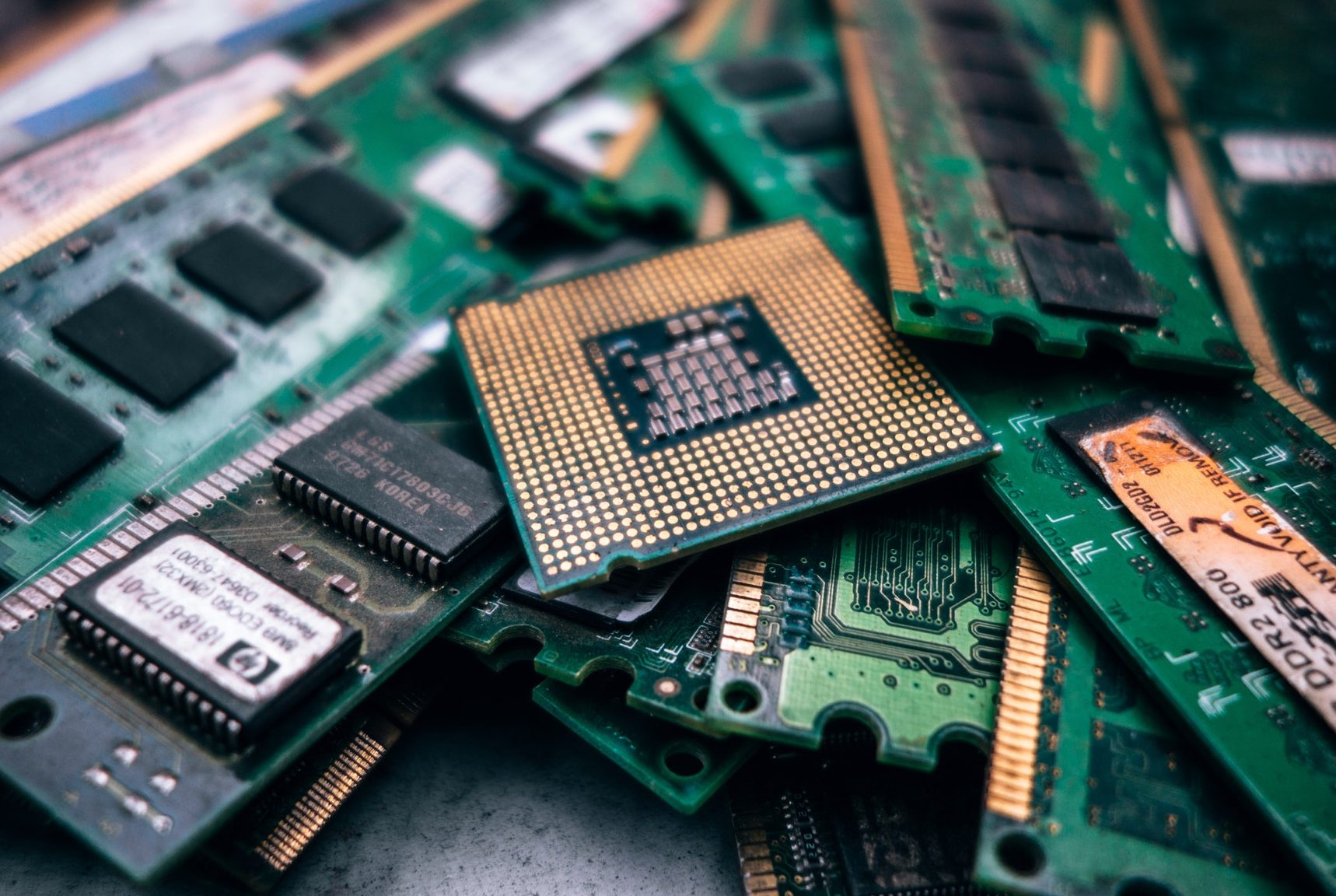
In addition, dedicated server storage environments, for example, benefit from daily and even multiple backups per day, as well as advanced redundancy features, precisely with the aim of not losing sensitive information, as is the case with complexity databases data from hosted online stores or large-scale portals.
Of course, to combine speed with security, there are VPS hosting services that take advantage of cloud technology, bringing together these important features of professional hosting.
4. The main characteristics of RAM memory and its properties
Memory, in the IT field, doesn’t just mean those memory cards you pop into dedicated slots that give your computer a hefty boost. There are, in fact, two types of RAM: static and dynamic.
Static RAM or SRAM (Static Random Access Memory) represents the type of memory where data is stored in cells made up of transistors. This category is not independent and cannot be manipulated or changed, as it is primarily used for the processor cache and is part of its structure. Dynamic RAM or DRAM (Dynamic Random Access Memory) is the standard memory that can be found in most computers. As you already found out, the data is stored in a volatile system, so in the absence of the necessary voltage, they disappear.
Within DRAM, a separate subcategory is represented by ECC or Error Correcting Code Memory which is in fact an adjacent body of cells on a separate chip and whose function is to detect and correct any errors that may appear when reading or writing data in the main module.
ECC-type DRAMs are particularly used in server architectures, where errors must be eliminated to ensure higher quality standards in continuous operation.
The main characteristics of RAM memory are:
CAS Latency – or Column Address Strobe, which means the number of cycles that a RAM memory module needs to access a set of data in one of the columns in which it is organized and release that information through the connector pins to controller request.
Simply put, latency, or CAS of RAM, represents the number of cycles used to transmit stored data and requested by the processor for processing. For example, a memory with a CAS of 14 needs 14 cycles to perform such a task. The lower this number, the faster the response.
However, you should not only follow this indication when studying the characteristics of a RAM memory. Newer models, DDR4, for example, have slightly higher latencies than older DDR3s, but thanks to higher operating speeds and newer technology, they are much faster than the latest.
The channels are, in fact, the connection between the RAM memory and the main beneficiary of its operation, the processor. Through them, the data circulates in both directions between the two essential components of the computer.
Most modern motherboards have at least two channels. The maximum number is four. Of course, each channel requires a RAM memory card of the same type as the others fixed to the corresponding channel.
RAM memory frequency means the number of commands it can execute in a unit of time equal to one second. This characteristic is measured in megahertz (MHz) and appears, as a rule, immediately after the name of the product and the generation.
For example, 16BG DDR4 3000 RAM means memory with a frequency of 3000 Mhz
5. Everything you need to know about how server RAM can help host your website or app
When you have to choose a web hosting company to host your website, you should study the features of the service package it offers and, in particular, the server equipment.
The amount of RAM that the server has is the key to knowing the number of processes that its processor can perform at any given time. More memory equals a significant increase in the volume of data and operations that the mainframe can handle.
Thus, you will benefit from increased performance with the help of a larger amount of RAM, but the benefit also depends on the type of website you want to host. From a processor’s point of view, static web pages shouldn’t cause you any special problems in terms of memory, since they don’t have a lot of programming data and instructions that it can’t handle.
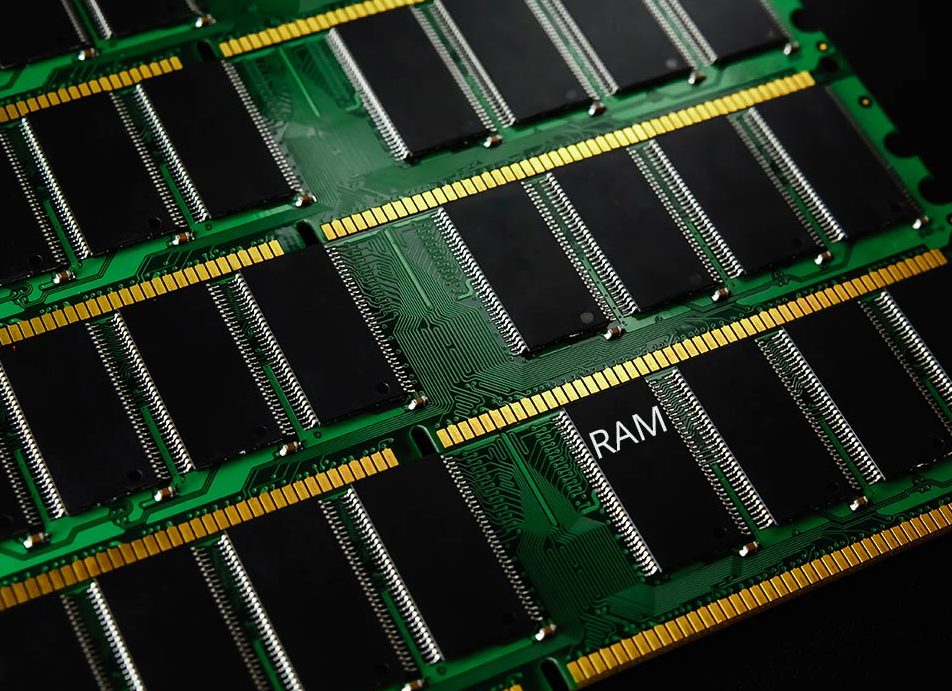
On the other hand, if your online presence is given by a dynamic website, the performance of your hosting increases in direct proportion to the amount of additional RAM memory. However, once you pass a threshold of 4 GB or 6 GB, it is not the amount of memory that will be a limiting factor in the performance of complex websites, but you should pay more attention to the characteristics of the processor, which it will become a “barrier” if it is not strong enough.
So while more server RAM is beneficial to the behavior of the hosted website, after a certain limit, any addition of this component will no longer make a significant difference.
Also, as you probably noticed from the content of the article, in addition to the amount of memory, its quality is also very important. Thus, special attention should be paid to the latent RAM of the servers. This should be as low as possible, and in terms of frequency, it’s good to look at numbers above 1600 MHz.
In conclusion, RAM memory is a crucial element for the optimal functioning of any cybernetic terminal, whether it is a personal computer, or if you are thinking about the servers where you want to host a website or an application. Technological advances in recent years have brought innovations to these components, which today are tens of times stronger and faster than they were just 10 years ago. More accessible than ever, personal computing solutions or the world of data centers contribute significantly to the considerable increase in access for an increasingly important part of the population and companies and to an increasingly advanced interconnection.
